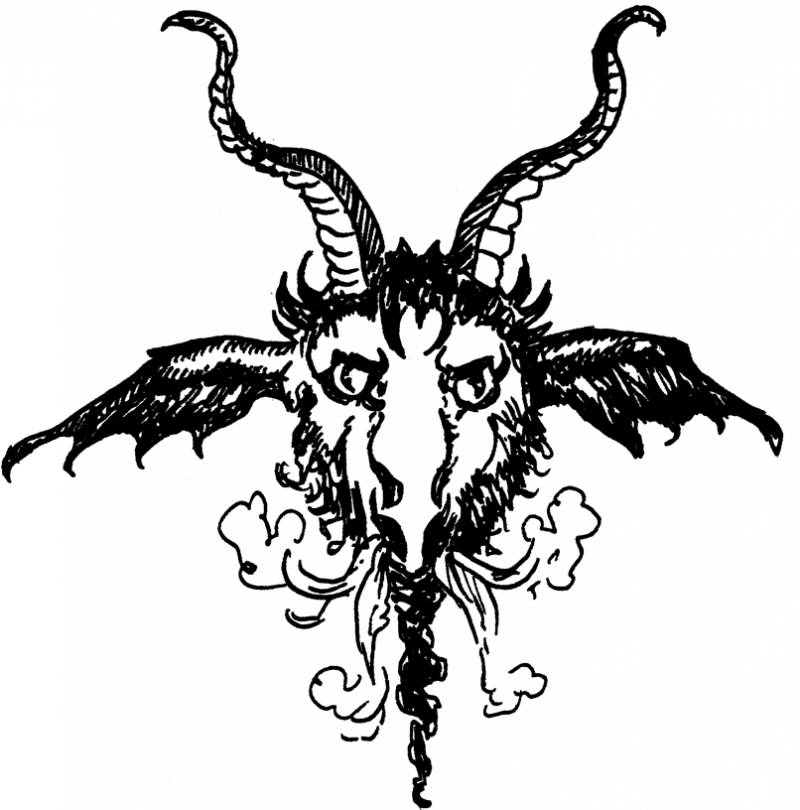Maybe it was during nap time or snack time or shortly after their parents dropped them off each day, but it was certainly during preschool hours that the teachers Mrs. McMartin and Mr. Buckey led the children through trapdoors in the classroom floor and down into the maze of tunnels. There below, the cold walls were covered in images of Satan, with his red face and massive horns (any child would have recognized him). There underground, the children—all of them young, between two and five years old—were touched in private places and made to pose for dirty pictures. And maybe those tunnels made up a vast underground network, because somehow, in daylight, without any witnesses, the teachers managed to take the entire class to a nearby Episcopal church, where the grown-ups donned black robes and masks and stood before the altar and slit the throats of baby rabbits and birds and even a couple of turtles, letting the hot blood run into fancy cups. And they passed the cups to the children and forced them to drink the animals’ blood. And babies were killed (maybe); and corpses were dug up from the ground (maybe); and the teachers took the kids out into the cemetery, among the tombstones, and touched them between their legs. And once Mr. Buckey took a long knife and chopped a pony to death right in front of them, saying that their parents would die that way, too, if any of the children said a word about anything that had happened at preschool that day or any other day or ever. And everybody spoke the name of the Devil over and over again, dancing.
These were among the 208 charges of abuse leveled against the seven teachers of the mostly family-run McMartin Preschool in Manhattan Beach, California, in 1984. It began when the mother of one two-year-old boy claimed that her son had been molested by his teacher. The initial accusations were so over-the-top—not only was there baby killing and blood drinking, but clown costumes were involved—that the DA dismissed them as utterly unsubstantiated. (The mother had also accused the boy’s absent father of abuse, and was eventually diagnosed as a paranoid schizophrenic.) But at this point, the Manhattan Beach chief of police took it upon himself to send around a “confidential” letter to parents of two hundred present and former McMartin students, outlining the charges in detail, and advising them to ask their kids if they, too, had been assaulted. When nearly all the children denied mistreatment, the authorities recommended that the parents take them to Children’s Institute International, a Los Angeles center with a new focus on child-abuse prevention, where they were interviewed with puppets...
You have reached your article limit
Sign up for a digital subscription and continue reading all new issues, plus our entire archives, for just $1.50/month.
Already a subscriber? Sign in





